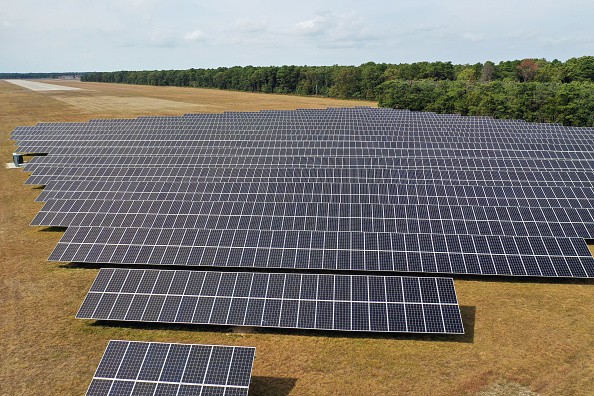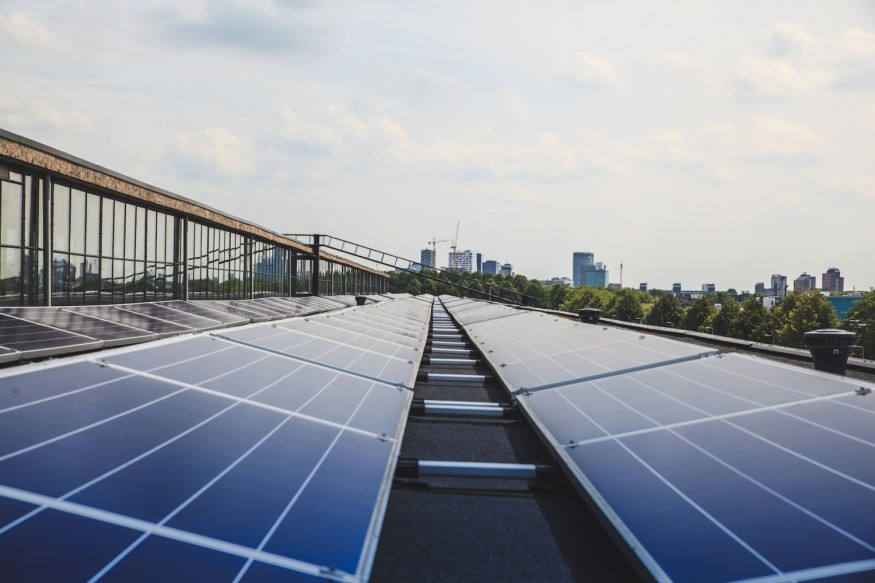The European renewable energy supply chain is under pressure from rising energy prices. If electricity costs don't immediately return to normal levels, up to 25% of Europe's battery and solar production might be put on hold.

Audun Martinsen, Rystad Energy's head of energy service research, stated that high power costs "not only represent a substantial danger to European decarbonization efforts but might also result in an increase in dependence on offshore manufacturing."
Solar Energy Production
As solar and battery producers confront rising costs, Europe's attempts to establish a trustworthy low-carbon supply chain and meet its decarbonization goals are being hampered by record-breaking power prices. According to a Rystad Energy study, if electricity prices don't immediately return to normal levels, 35 gigawatts (GW) of solar PV manufacture and more than 2,000 gigawatt-hours (GWh) of battery cell manufacturing capacity may be put on hold. As the cost of doing business rises, some operators are temporarily closing or abandoning production facilities due to the energy-intensive nature of certain manufacturing processes. Europe's goals to increase installed renewable power capacity and use electric vehicles (EVs) might be jeopardized if prices don't stabilize shortly.
"High electricity costs not only represent a severe danger to European attempts to reduce carbon emissions, but they might also lead to a greater reliance on foreign manufacturing, which governments are keen to avoid. The continent must establish a trustworthy domestic low-carbon supply chain to achieve its objectives, including the REPowerEU plan. Still, as things are, it is seriously in peril.
Price Discussion

Dependable and reasonably priced electricity has been available to Europeans recently. Low-carbon producers' expansion of production capacity has likewise been based on constant electricity costs of about €50 per MWh. European producers are losing out in contrast to other areas, such as Asia, which enjoy cheaper electricity input costs.
Discussing the Energy Crisis
Due to unanticipated shutdowns of nuclear and hydroelectric plants, skyrocketing cooling demand amid a brutal summer heatwave, and curtailed Russian gas imports, European electricity costs have recently reached record highs. Germany, Europe's leader in solar and battery cell manufacturing capacity, has daily average spot electricity costs that exceed €600 per megawatt-hour (MWh), while rates in France have reached €700 per MWh. European electricity prices have risen to unaffordable levels for consumers, including the industrial sector, at peak hours of €1,500 per MWh. Despite major price declines since these all-time highs in August, rates are still several multiples higher than pre-energy crisis averages. They currently range from €300 to €400.
Even though Europe only accounts for 2% of the world's solar manufacturing capacity, project closures or abandonments would have severe short- and long-term detrimental effects. Although 35 GW of projects is presently planned, many have not received finance, raising the danger that these projects would not proceed if high electricity prices persist. The European Union (EU) has set a 20 GW production capacity target by 2025.
For more environmental news, don't forget to follow Nature World News!
© 2025 NatureWorldNews.com All rights reserved. Do not reproduce without permission.





